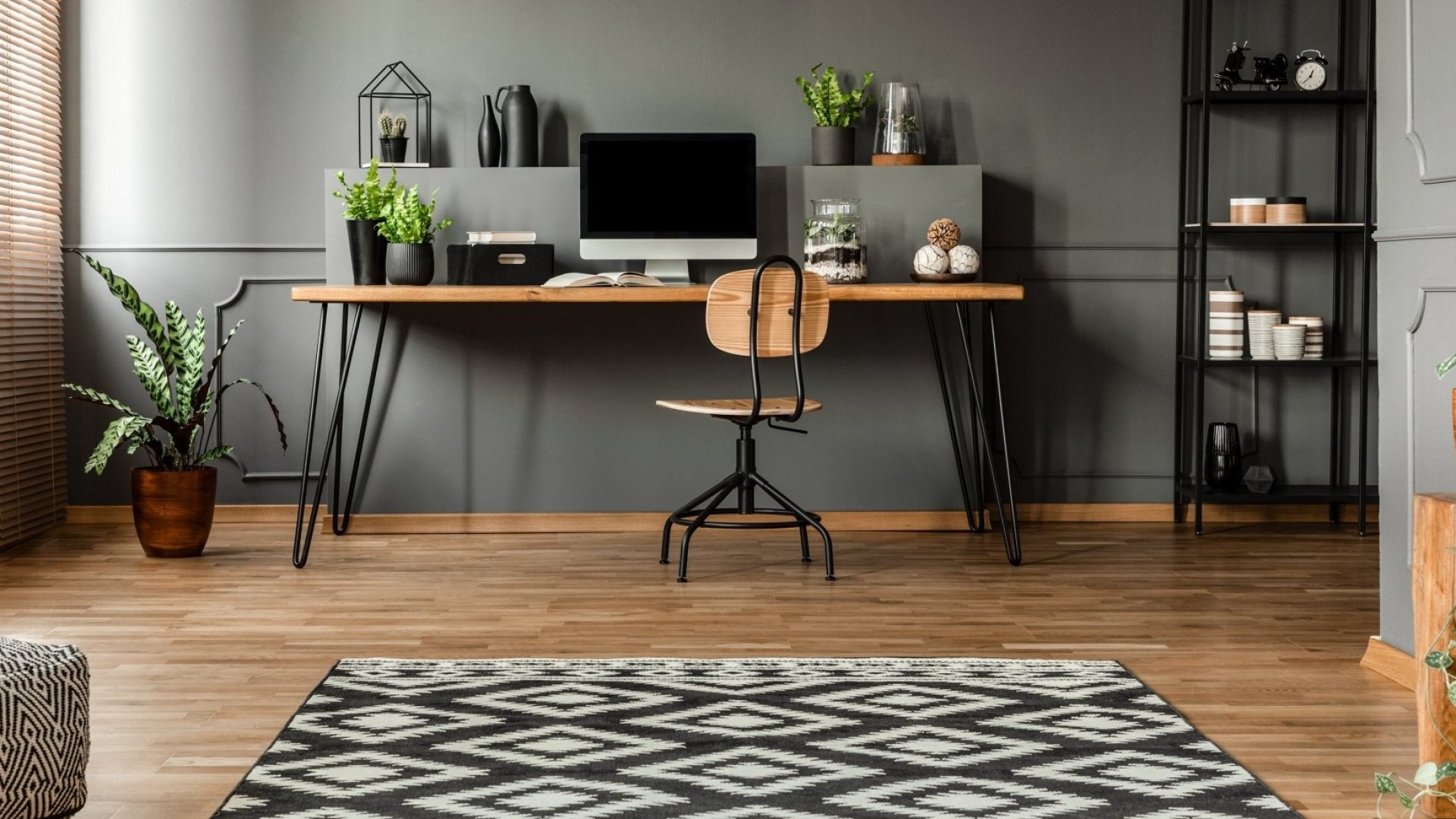Finding the Right Flooring for Every Room
Oct 02, 2021 23:10
According to TriPoint Flooring, a company providing hardwood flooring in Raleigh, “whether you are building a new property or renovating an existing one, your floors are the most prominent part of your overall structure and design scheme.” Finding the right flooring for the room that you’re renovating can be a difficult task, and it’s only made more difficult by the wide variety of styles and types of flooring out there these days. All the different types of flooring have their own advantages and disadvantages, so here is your guide to finding the right flooring for every room in your home.

Hardwood Flooring
Hardwood flooring is a classic for a reason - it’s durable, long-lasting, and timeless. In addition, many types of hardwood floors can be refinished a number of times, meaning that you can easily change the sheen to match your next renovation of that room. It’s also simple to clean and can be paired with area rugs for additional style and comfort. The main drawback of hardwood is its cost, since it’s among the most expensive flooring options. Hardwood flooring is best used in kitchens, living rooms, and dining rooms - places where you’ll entertain and which will need to be easily cleaned on a regular basis.
Laminate Flooring
If you love the look of hardwood flooring but are wary of the cost, laminate flooring is one way to get a similar look at a lower price. It can also simulate tile and stone for a fraction of the cost of those options. Laminate is the true all-arounder - it’s durable, comes in a variety of options, and is easy to install. It’s also far more water-resistant than hardwood, meaning that it can withstand wetter environments such as bathrooms.
Vinyl Flooring
Laminate’s black sheep of a cousin, vinyl flooring is cheaper but comes with some disadvantages. For one thing, it’s more susceptible to wear and tear, so flooring high-traffic areas with vinyl flooring isn’t recommended. It’s also less able to mimic high-end hardwood and stone flooring than laminate, meaning that if you want your home to look impressive vinyl probably won’t be for it. It is, however, even easier to clean than laminate flooring and highly water-resistant. This makes it a favorite for basements and rec rooms that see significant use and are more prone to flooding.
Tile Flooring
Tile is a beast when it comes to high-moisture environments, such as kitchens, bathrooms, and basements. It’s also highly versatile, durable, and requires very little maintenance. The main disadvantage of tile flooring is installation. Since it requires a great deal of time and effort to install, you should avoid tile flooring if you want your renovation finished quickly. You should also leave installing tile to experts, since badly installed tile can let moisture seep under the tiles and also leave you with an unprofessional, unattractive finish that is sure to disappoint. Still, there’s a reason why tile continues to be very popular in bathrooms, since properly installed tile is the most water-resistant flooring available.
Carpet Flooring
Carpet gets a bad rep these days, mostly because of the unattractive trends and color combinations of the ‘60s and ‘70s still affecting many older unrenovated homes. But carpet is a great choice when it comes to rooms where you want extra warmth, cosiness, and comfort, especially bedrooms and family rooms. Modern carpets also offer options for stain resistance and resistance against general wear and tear, two of the major concerns historically when it comes to choosing carpet for flooring. In addition, carpet is the preferred option if you have small children around, since it offers more padding than other flooring options and will protect your children from accidentally hurting themselves in a way that hardwood, laminate, vinyl, and tile simply can’t.







































































